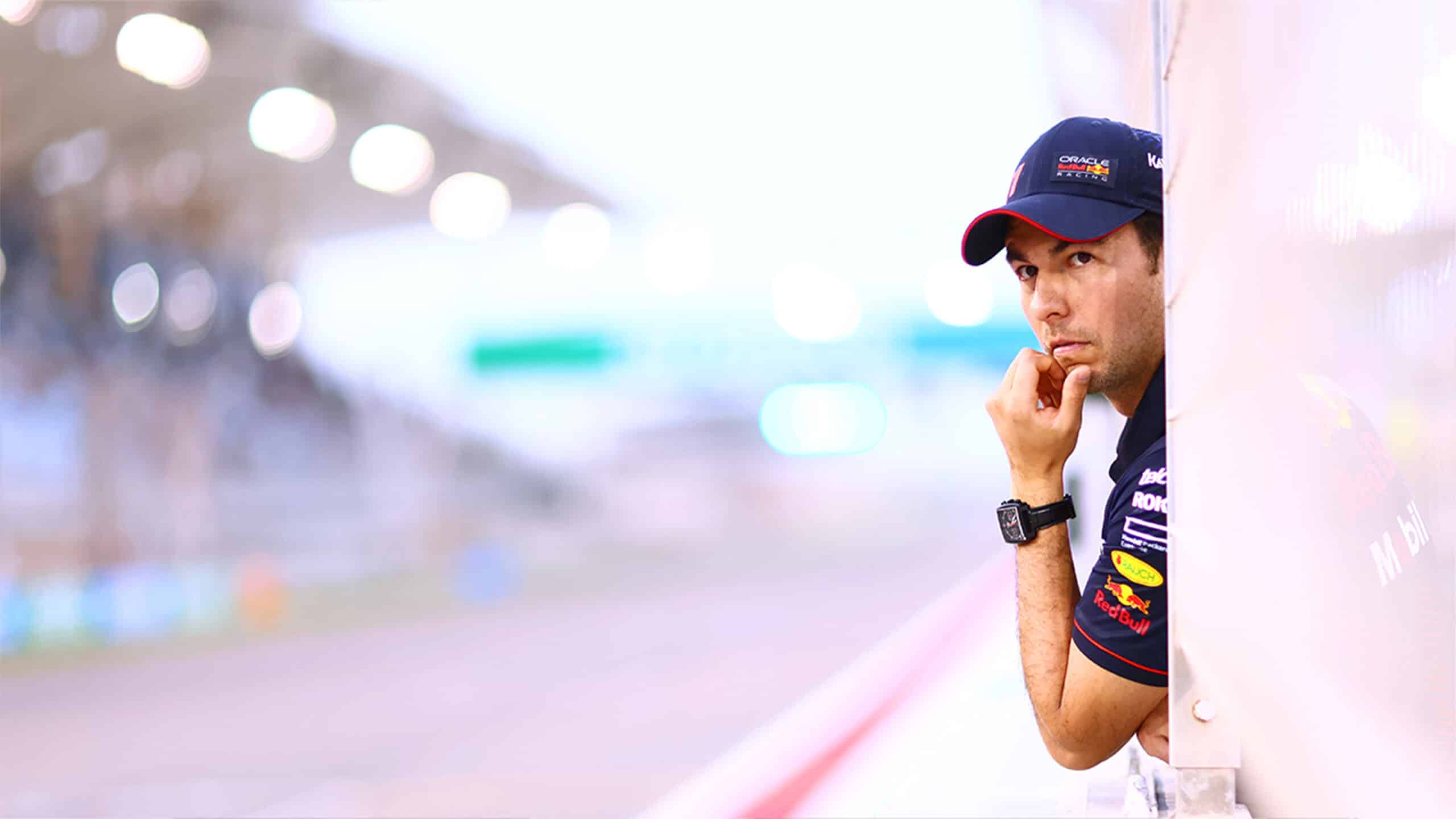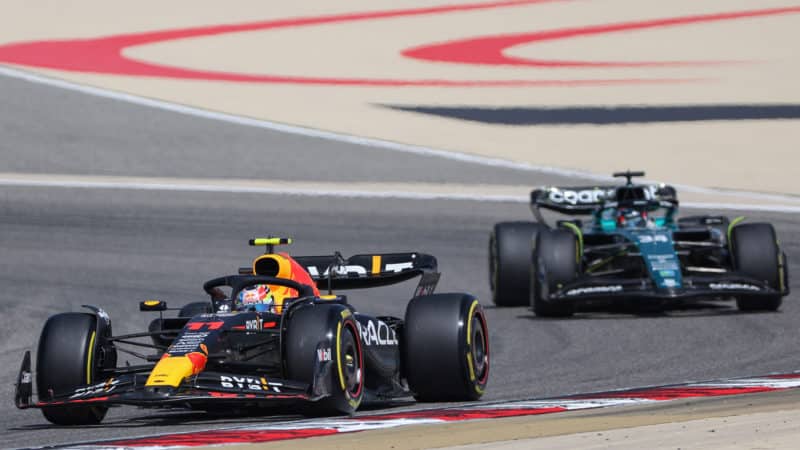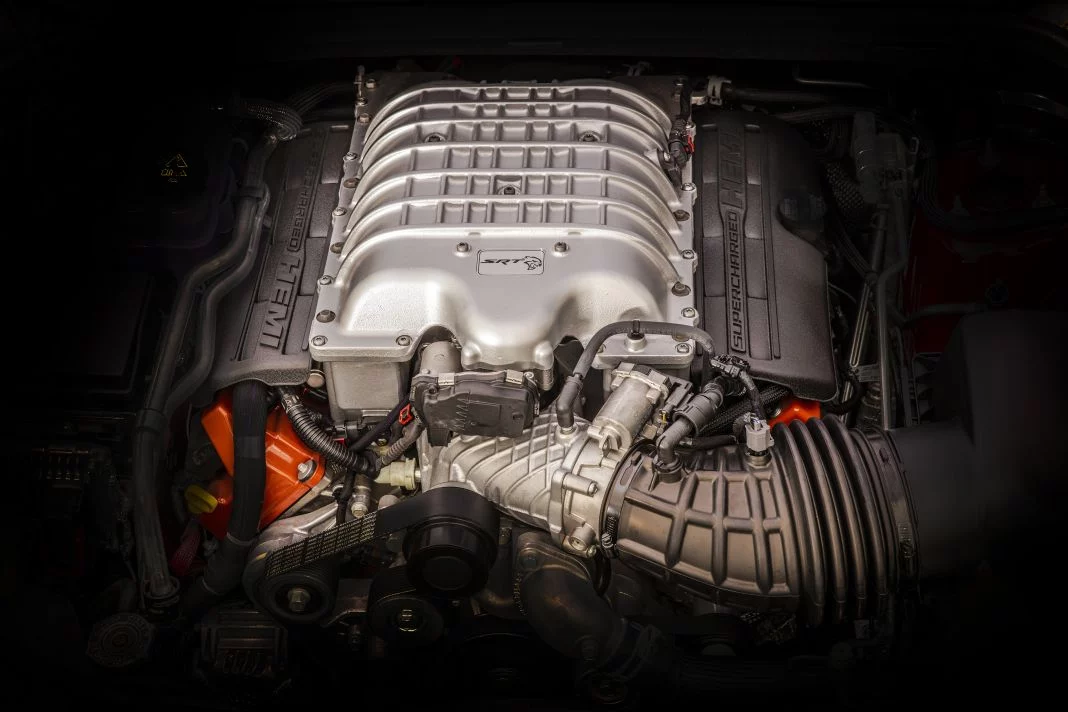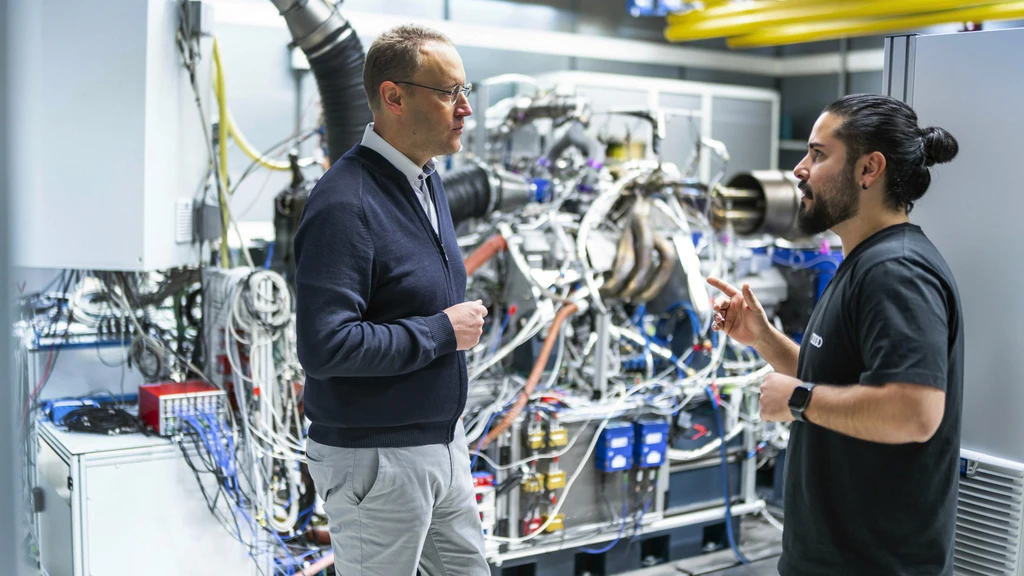How can you tell who’s really quickest in F1 testing? – Motor Sport

There’s a real fascination with pre-season testing, because of the amount of unknowns and flexibility that teams have to define their own schedules and run plans.
Different teams have different priorities and so it’s rare that there are clear comparisons that can be made in the same way that FP2 qualifying simulations and long runs often deliver a strong picture of competitiveness during a race weekend.
But understanding that picture is important for the teams themselves, as it helps them know where they stand in the pecking order, and more crucially the lap times that each car might be capable of when it comes to both qualifying and race pace in order to judge cut-off times and approaches to strategy.
And yet even the teams themselves rarely know exactly how things are playing out at the end of testing without relying on a little bit of rumour and hearsay.
Rumour rules at testing
Paddock gossip is one of the main ways journalists get a feel for the competitive picture, because individual teams might give away a little bit about how they are getting on, or drivers have feedback about other cars they have seen on track, and then it can be carefully pieced together. But even so, that’s far from a perfect science.
Yet teams lean on that gossip too, because they tend to work in the realms of a perfect science – or at least as close to one as they can get – and testing doesn’t allow that to apply to times.
Paddock gossip still has its place amid high-tech data
Michael Potts/BSR Agency/Getty Images
It used to be the case that piecing together fastest sectors was a good way of trying to understand what was going on, but that was fraught with risk. Teams would back off at certain times to hide their true pace prior to GPS data, and complete corners could even be cut out on some track layouts to intentionally cloud matters.
With the GPS data available that’s now not possible without being obvious, but it doesn’t necessarily make it easier to work out times.
Too many variables to compare ultimate pace
You might think the lower fuel runs during qualifying simulations provide a clear order, but the margin for error is far bigger in these scenarios. The time of day a car is on track, the weather conditions, wind speed and direction, track temperature, fuel loads, extra weight on the car due to sensors measuring certain items… The list of things that can impact raw lap time and leave a car’s qualifying simulation far from its actual raw pace is extensive.
Plus, knowing who is going to be quickest in qualifying and who might have the faster race car can be two very different things, as we saw with Red Bull in 2023. Beaten to pole position by another team in seven of the final 12 races, Red Bull won all but one of those.
Race pace calculations
However race pace can be seen a little more easily.
The key is to spot two teams running a race simulation at the same time during the pre-season test. In Bahrain this tends to happen towards the end of the second or third days of running, when conditions are at their most representative, but sometimes take place before the lunch break too.

Looking at two cars running race simulations at the same time can reveal comparative performance, but it’s far from definitive
Giuseppe Cacace/AFP via Getty Images
Then the main variable is the weight of any extra instrumentation that teams might be running to monitor the car, compared to a race weekend when it will be as light as possible.




